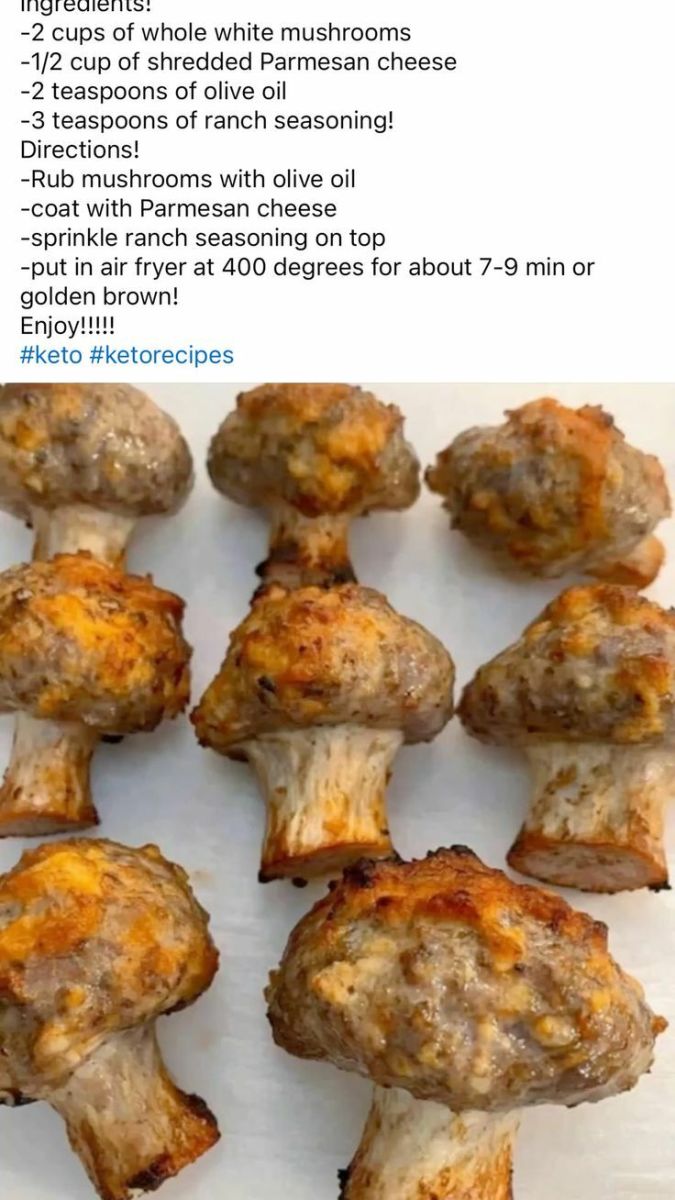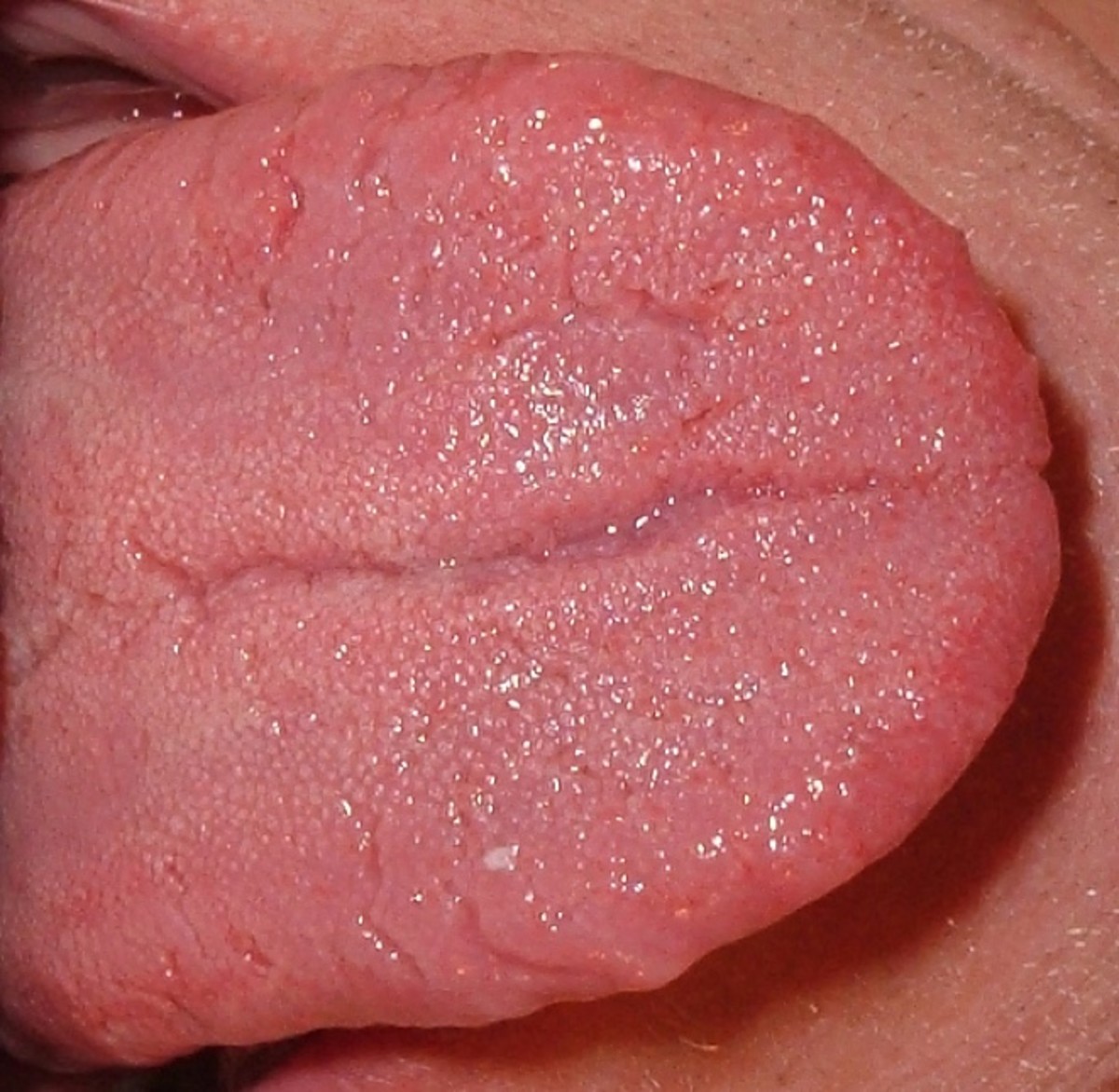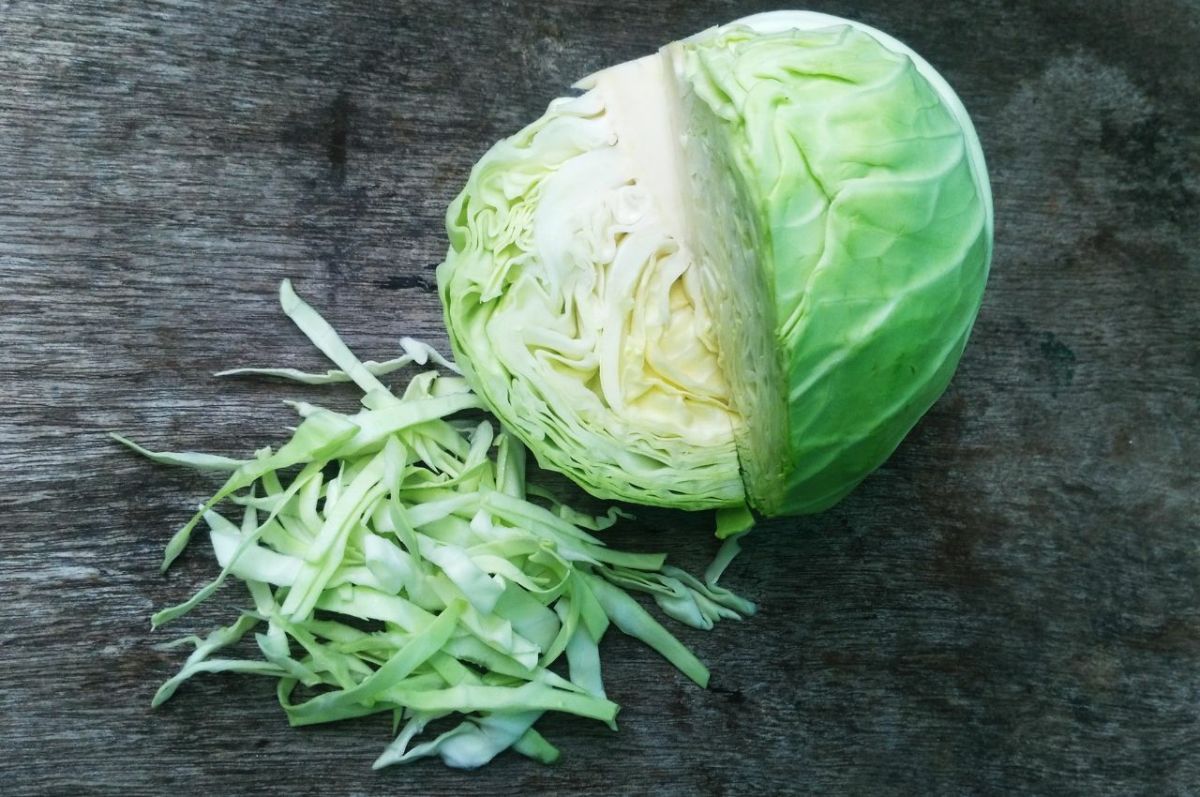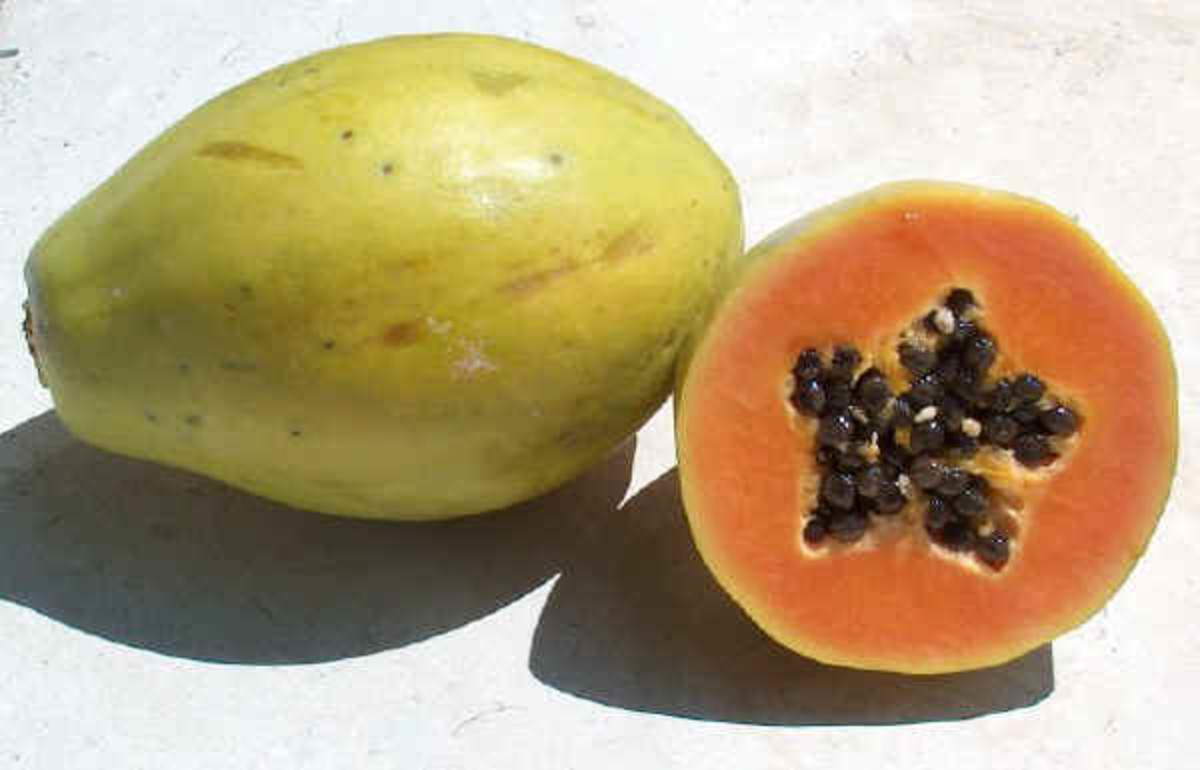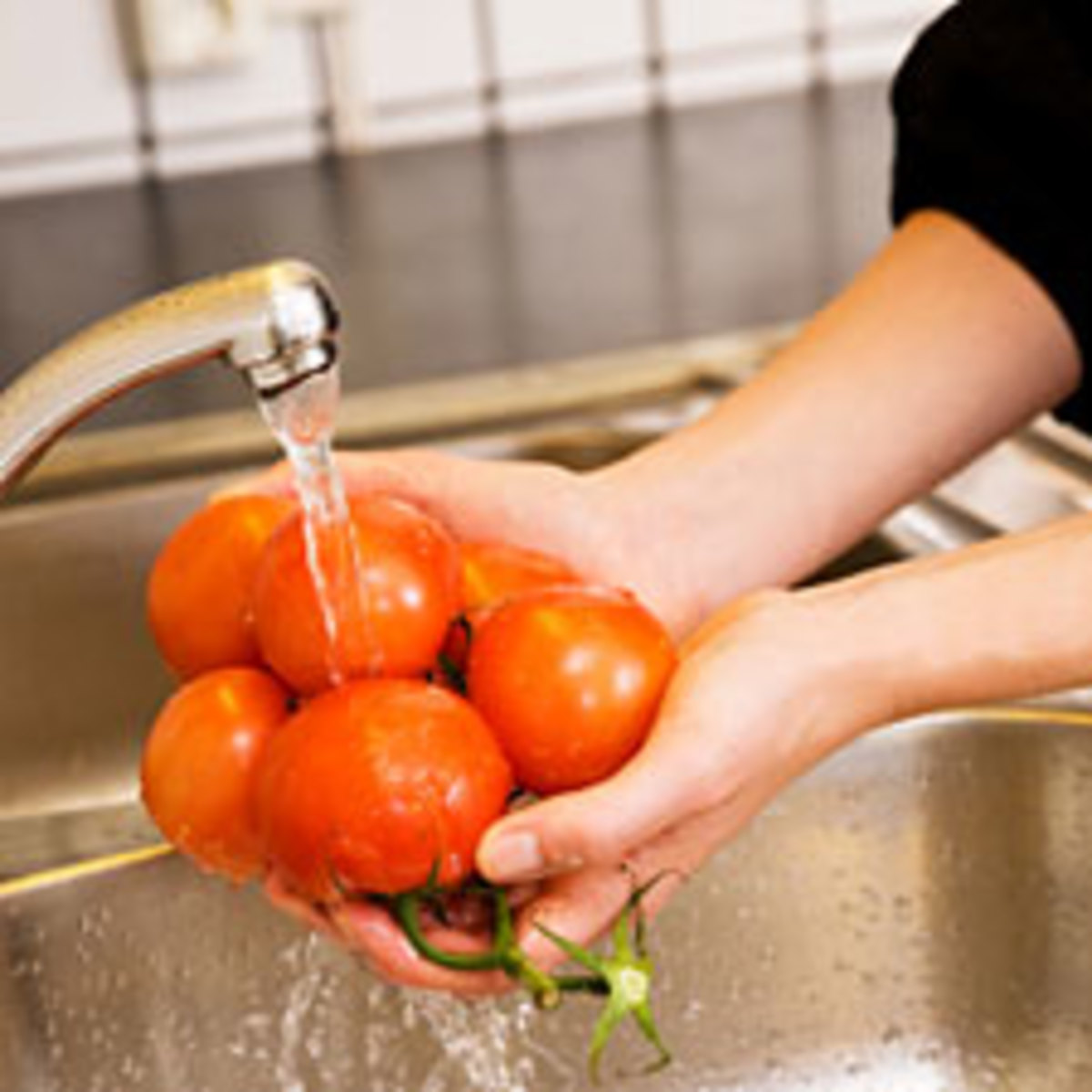- HubPages»
- Health»
- Women's Health»
- Pregnancy
Pickles, Ice Cream & Inner Wisdom: Understanding Common Pregnancy Cravings

Pregnancy cravings are frequently brushed off as quirky indulgences—those midnight pickle quests or spontaneous chocolate binges that make for good stories. But beneath the humor and unpredictability lies something far more profound: a complex symphony of biology, emotion, and intuitive intelligence.
These cravings aren’t simply whimsical urges or fleeting desires. They may be the body’s way of whispering its needs, signaling nutritional gaps, emotional shifts, or even spiritual transitions. Hormonal changes during pregnancy—particularly fluctuations in estrogen and progesterone—can dramatically heighten taste and smell, making certain foods feel irresistible while others become intolerable. At the same time, the body’s increased demand for specific nutrients like iron, calcium, or magnesium may manifest as cravings for red meat, dairy, or chocolate.
But the story doesn’t end with science. Cravings often carry emotional weight. A yearning for citrus might reflect a desire for clarity or invigoration, while a longing for ice cream could be a call for comfort, nostalgia, or softness in a time of rapid change. Some cravings are rooted in memory—foods tied to childhood, cultural rituals, or ancestral wisdom—offering a sense of grounding and continuity.
In this light, pregnancy cravings become more than just dietary quirks. They are invitations to listen deeply, to honor the body’s evolving needs, and to embrace the emotional and symbolic layers of nourishment. Whether it’s a craving for something sweet, salty, sour, or strange, each desire holds a message—one that speaks to the transformation unfolding within.
To dismiss these cravings is to overlook the poetry of pregnancy itself: a time when the body becomes a vessel of creation, and every bite, scent, and longing may carry the wisdom of new life.

Common Pregnancy Cravings & Their Possible Benefits
Craving
| Possible Nutritional Signal
| Potential Benefits
|
|---|---|---|
Pickles & salty foods
| Sodium or fluid balance
| Helps maintain hydration and electrolyte levels
|
Ice cream & dairy
| Calcium, fat, or comfort
| Supports bone development and emotional soothing
|
Chocolate
| Magnesium, iron, or serotonin boost
| Aids muscle function and mood regulation
|
Citrus fruits
| Vitamin C or digestive support
| Boosts immunity and eases nausea
|
Red meat
| Iron and protein
| Prevents anemia and supports fetal growth
|
Bread & pasta
| Carbohydrates for energy
| Fuels metabolism and combats fatigue
|
Spicy foods
| Circulation or sensory stimulation
| May help with congestion and digestion
|
Sour candies
| Nausea relief or sensory craving
| Can ease morning sickness and awaken taste buds
|
Here are some of the most frequently reported cravings and what they might be trying to tell you.
Why Do These Cravings Happen?
Although science has yet to pinpoint a singular cause for pregnancy cravings, a tapestry of theories offers compelling clues. These cravings are not random—they’re layered signals from a body undergoing profound transformation.
Hormonal Shifts
During pregnancy, dramatic changes in hormones like estrogen, progesterone, and human chorionic gonadotropin (hCG) recalibrate the senses. Taste and smell become heightened, sometimes to the point of hypersensitivity. Foods once mundane may suddenly seem divine—or intolerable. This sensory amplification can make certain flavors feel urgent, even sacred, as the body adjusts to its new rhythm.
Nutritional Deficiencies
Cravings often reflect the body’s attempt to correct imbalances. A yearning for red meat may signal iron deficiency; a desire for dairy might point to a need for calcium; chocolate could be the body’s way of seeking magnesium. These cravings are like internal nudges—biological whispers guiding nourishment for both mother and child.
Emotional Needs
Food is memory. It’s comfort. It’s ritual. Cravings may mirror emotional states: ice cream for softness and self-soothing, citrus for clarity and invigoration, chocolate for joy or a serotonin lift. In times of uncertainty, the body may reach for flavors that feel like home, safety, or celebration.
Cultural Memory
Some cravings are steeped in ancestral echoes. A longing for rice, pickles, or specific spices may reflect cultural traditions or childhood associations. These cravings offer continuity—a way for the pregnant body to honor its lineage, to feel rooted in something larger than itself.

Absurd & Unusual Pregnancy Cravings—and What They Might Mean
While pickles and chocolate get all the press, some cravings are so unexpected they feel like riddles from the subconscious. Here are a few of the most talked-about oddities:
Ice Cream with Hot Sauce
A fiery twist on a soothing classic. This combo may reflect:
-
Sensory extremes: Pregnancy heightens taste and smell, making bold contrasts irresistible.
-
Emotional duality: Cold comfort meets spicy stimulation—perhaps a craving for both calm and excitement.
Pickles or Onions Dipped in Peanut Butter
Salty, sour, and creamy all at once. Why?
-
Texture play: Crunch meets smooth—satisfying oral sensory needs.
-
Sodium + fat: A signal for electrolyte balance and energy-dense fuel.
Potato Chips in Ice Cream
A crunchy-sweet mashup that’s oddly satisfying.
-
Salt + sugar craving: May indicate fluctuating blood sugar or a need for quick energy.
-
Nostalgia: Comfort foods often echo childhood memories or emotional safety.
Craving Non-Food Items (Pica)
Some pregnant people report cravings for:
- Dirt
- Chalk
- Laundry starch
- Paint chips
- Dish soap
This is known as pica, and while it may sound alarming, it’s often linked to:
-
Iron or zinc deficiency
-
Cultural or psychological factors
Note: Pica should always be discussed with a healthcare provider, as it can pose health risks.
Before I knew I was pregnant, something strange started happening in the most ordinary place—my kitchen sink.
There I was, elbow-deep in suds, scrubbing a cup with Dawn dish soap when it hit me: the scent was intoxicating. Not just pleasant—irresistible. I found myself pausing mid-scrub, lifting the sponge to my nose like it held some sacred elixir. “Why does this smell so good?” I kept asking myself, genuinely baffled, as I took deep, deliberate whiffs between rinsing bowls and stacking plates.
The scent of that soap, bright and clean with a hint of synthetic sparkle, felt like a secret signal. I’d linger at the sink, inhaling like I was trying to decode a message hidden in the bubbles. It was oddly euphoric, grounding, and a little absurd. I even started looking forward to doing dishes, just for the scent.

Cravings to Approach with Caution: When Indulgence Isn’t Wise
While many pregnancy cravings are harmless or even beneficial, some can pose risks if consumed excessively—or at all. These cravings may stem from nutritional deficiencies, heightened senses, or emotional needs, but they require discernment and moderation.
Mustard & Excessive Condiments
Craving mustard isn’t uncommon, especially for its tangy punch and salt content. But consuming it in large quantities can lead to:
- High sodium intake, which may contribute to water retention or elevated blood pressure.
- Digestive irritation, especially if paired with other acidic or spicy foods.
- Hidden additives, like preservatives or artificial dyes, which may not be ideal during pregnancy.
- Potential miscarriage is a rare but potential risk in cases with excessive consumption of mustard, especially mustard seeds or concentrated forms.
A spoonful on a sandwich? Totally fine. But if you find yourself craving mustard by the jar, it’s worth checking in with your body—and your provider.
Non-Food Cravings (Pica)
Cravings for items like:
- Dirt
- Chalk
- Soap
- Paint chips
- Dish soap
These substances can be toxic or cause digestive harm and should never be consumed. If you experience these cravings, consult a healthcare provider to explore underlying causes. Many pregnant women satiate these unusual cravings by smelling the items while eating something else such as ice chips.
Excessive Sugar or Refined Carbs
Cravings for sweets, pastries, or sugary drinks are common, but overindulgence can lead to:
-
Blood sugar spikes
-
Increased risk of gestational diabetes
-
Fatigue and mood swings
Moderation is key—pair sweet cravings with fiber or protein to balance the impact.
Cravings are messages, not mandates. Listening to them with curiosity and care allows you to honor your body’s wisdom without compromising safety. Even the strangest desire may hold a deeper meaning—but not every craving deserves a yes.
Cravings as Ceremony
For many, pregnancy is a time of transformation—a sacred passage. Cravings, then, can be seen not just as biological signals but as invitations to listen more deeply. What are you hungry for emotionally? What memories do these foods stir? What rituals can you create around nourishment?
Instead of resisting or judging cravings, consider honoring them with intention. A bowl of ice cream becomes a moment of self-love. A craving for citrus might be a call to cleanse and awaken. Even the odd pairing of pickles and peanut butter might be your body’s way of saying: “I need something bold, something new.”
Scientific & Medical References
-
American Pregnancy Association – Pica Cravings During Pregnancy Explores unusual cravings like dirt, chalk, and soap, known as pica, and their links to iron deficiency and potential risks.
-
LabVerra – Understanding Pregnancy Cravings: A Scientific Exploration Offers a comprehensive overview of the biological, emotional, and cultural factors behind pregnancy cravings, including hormonal shifts and nutritional gaps.
-
UNICEF – Common Pregnancy Cravings: What They Are and Why You Get Them Discusses global variations in cravings, psychological influences, and the importance of cultural context in understanding food desires during pregnancy.
Additional Resources You Might Explore
- Mayo Clinic Guide to a Healthy Pregnancy – A trusted reference for safe eating and symptom management during pregnancy.
- Journal of the American Dietetic Association – Frequently cited in discussions of pica and nutritional deficiencies.
This content is accurate and true to the best of the author’s knowledge and is not meant to substitute for formal and individualized advice from a qualified professional.
© 2025 Erin K Stewart

